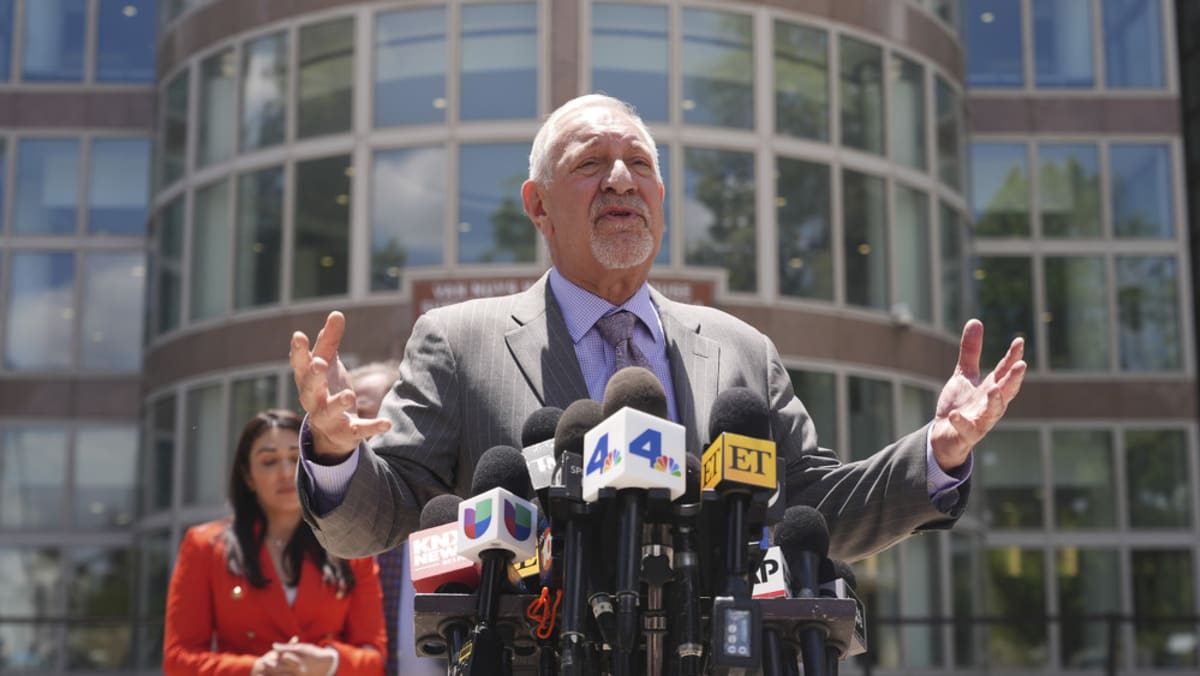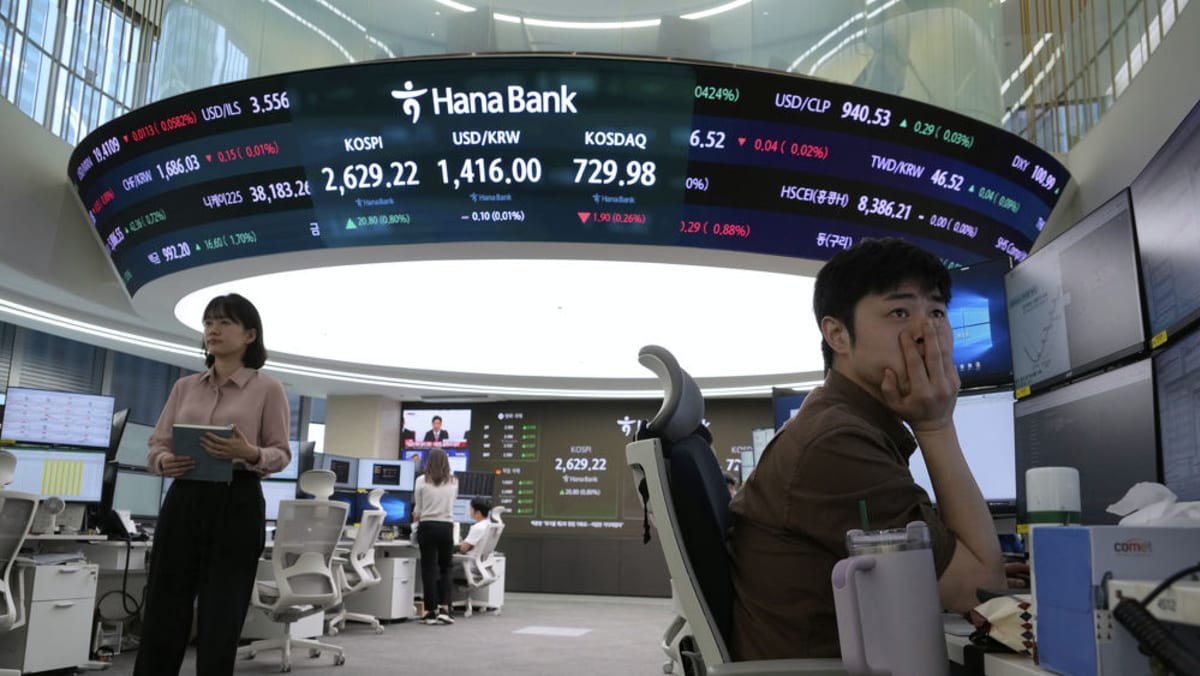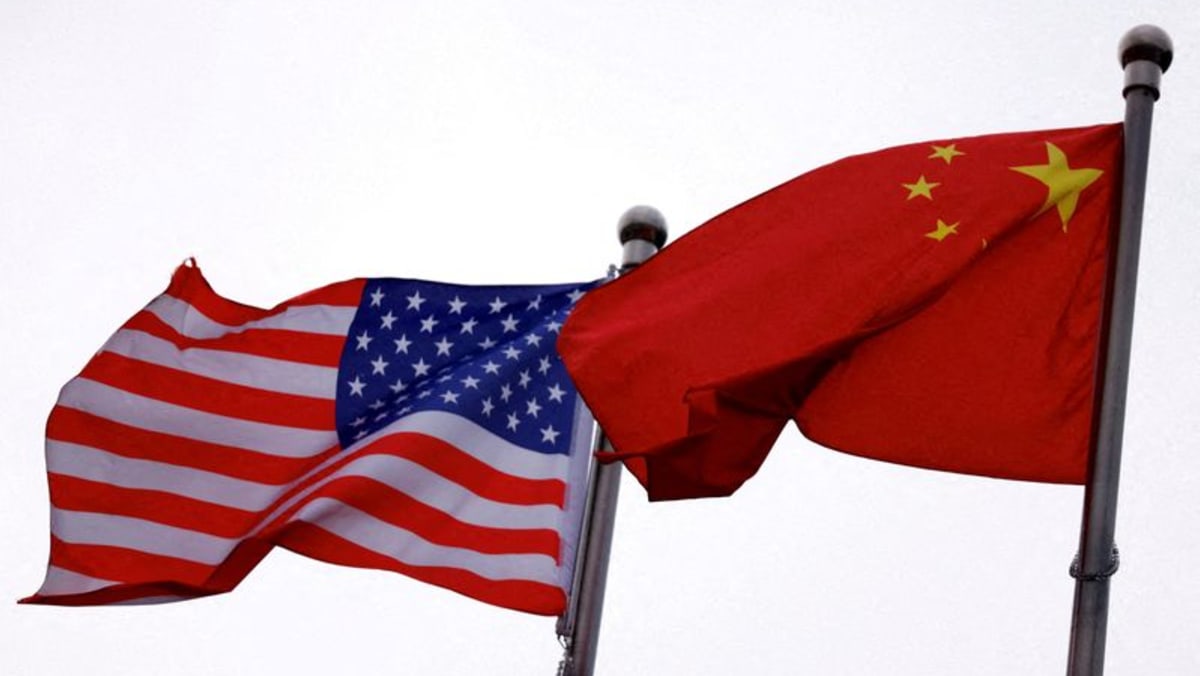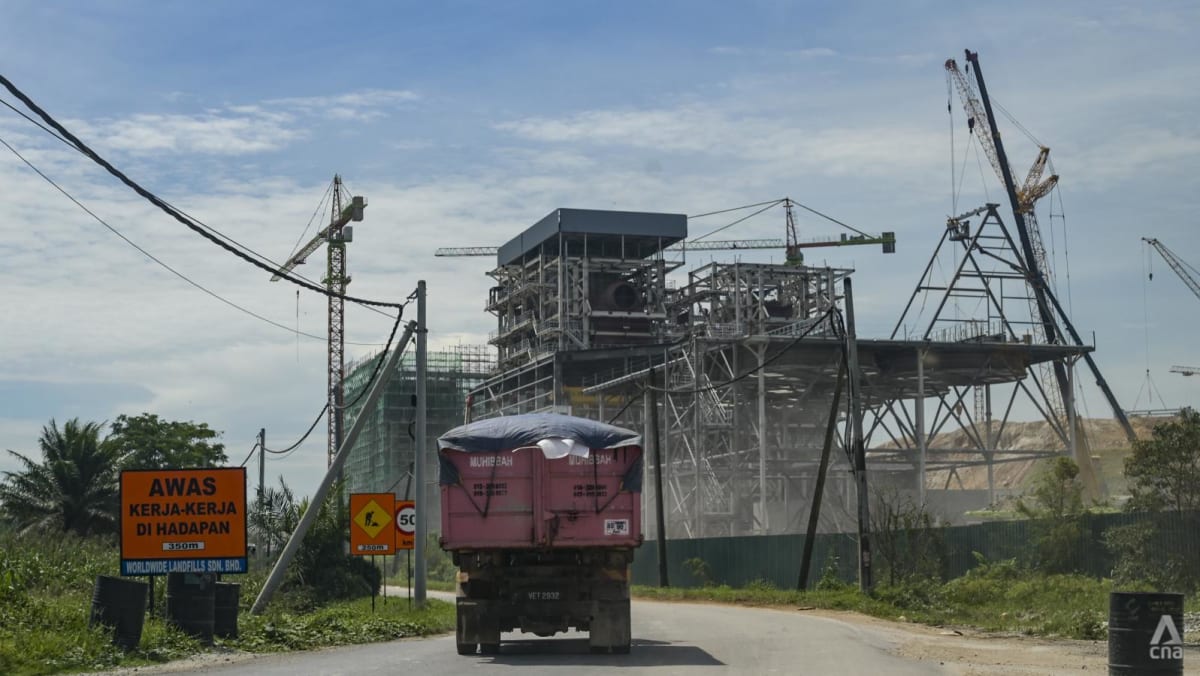TRADE AGREEMENT DIFFICULTIES
A trade agreement between the world’s two largest economies would be difficult to draft and nearly impossible to enforce. We saw this clearly in 2018 and 2019. Although the US and China reached an agreement in principle in April 2019, negotiations ultimately fell apart, owing to differences over the specificity of the terms.
Whereas the US demanded a rigid, 150-page contract detailing legal reforms to be enacted through China’s national legislature, China sought a more flexible, principles-based framework that could be implemented through less visible regulatory measures.
Then there is the enforcement challenge. When the US and China signed their “phase one” trade deal in January 2020, Trump declared it a historic victory, touting China’s commitment to increase purchases of US goods and services by US$200 billion over two years, along with other concessions.
But unlike typical trade agreements, the deal contained no neutral third-party enforcement mechanism. Nor was it self-enforcing, with both parties viewing compliance as more beneficial than defection. So, when China failed to meet its purchase targets, the US – then led by President Joe Biden – had little recourse.
Today, even if tariffs are to be lifted in the short term, China has little reason to believe that the US will honour its commitments or pursue meaningful enforcement, especially given the tremendous mistrust that Trump has sowed. Ultimately, any trade deal that the US and China negotiate is likely to be fragile, limited in scope, and vulnerable to collapse. Businesses and investors should thus be prepared for continued disruptions across global supply chains.














